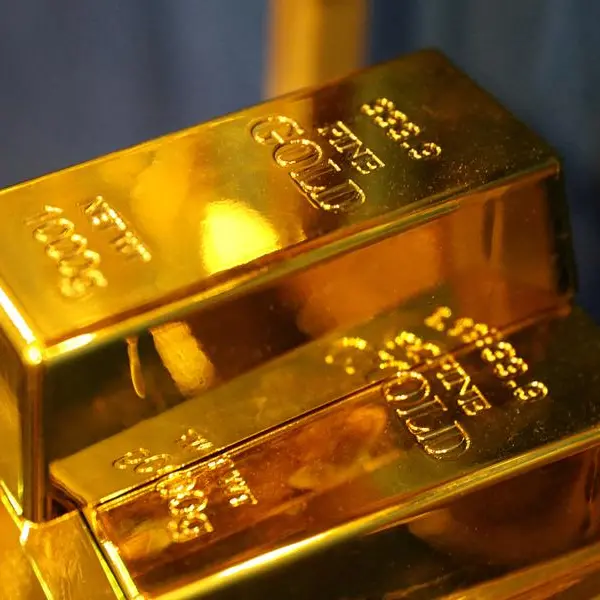PHOTO
Copper prices fell on Wednesday as a firm dollar triggered profit-taking, but expectations of robust demand from the energy transition and new technologies along with concerns about tight supplies supported sentiment.
A stronger U.S. currency makes dollar-priced commodities more expensive for holders of other currencies, which would subdue demand. This relationship is used by funds which trade using buy and sell signals from numerical models.
Also weighing on copper was Indonesia's announcement that it would extend copper export permits for Freeport Indonesia.
Benchmark copper on the London Metal Exchange (LME) traded 1.6% lower at $9,873 a metric ton in official rings.
Prices hit a two-year high at $10,208 last week, coming close to the record high of $10,845 a ton hit in March 2022.
Expectations are for shortages to be a feature of the market for some years as demand from electric vehicles and new technologies such as artificial intelligence and automation accelerate.
"Base metals are seeing a significant reemergence of investment interest recently. As a result of the pandemic and Ukraine invasion, there has been a renewed realisation...that commodities are a critical part of the global economy," said Guy Wolf, global head of analytics at Marex.
"Whilst the immediate focus was on gas and power, attention has now turned towards base metals, considered as ‘transitional commodities’, where demand will be will be positively impacted by the de-carbonisation process."
In the short-term, however, concerns about demand in top consumer China are a focus.
Sluggish Chinese demand is reflected in copper inventories at warehouses monitored by the Shanghai Futures Exchange (SHFE) climbing to above 287,000 tons from around 33,000 tons at the start of this year .
The Yangshan premium dropping to a record low near zero in April is an indication of China's fading appetite for copper imports.
China has copper resources, but not enough for its needs and is typically an importer.
In other metals, aluminium fell 1.5% to $2,529.5, zinc lost 2.3% to $2,892, lead retreated 0.8% to $2,226, tin was down 0.6% to $32,400 and nickel ceded 4.1% to $18,715.
(Reporting by Pratima Desai; Editing by Varun H K and Louise Heavens)





















